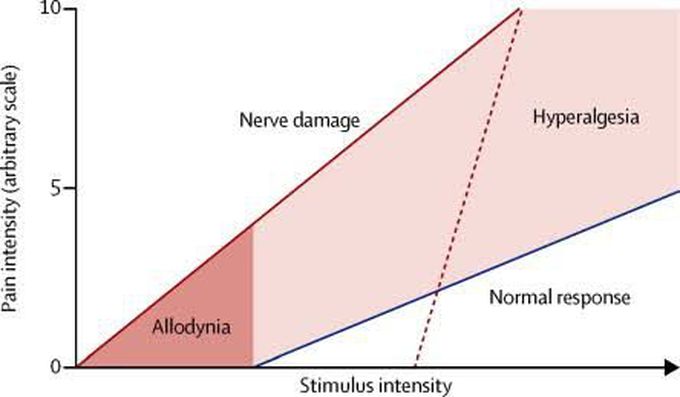


Treatment of allodynia
Your provider will treat the condition that’s causing allodynia. If no treatments are available or your provider isn’t sure what’s causing it, they will focus on reducing the pain. As part of a comprehensive pain management plan, your provider may recommend: Oral Medications: Several types of drugs can relieve allodynia. These include medicine to treat seizures (anticonvulsants) and some medications to treat depression. Healthcare providers commonly prescribe pregabalin (Lyrica®) to treat fibromyalgia pain. Triptans (drugs to treat migraines) can relieve allodynia that happens with migraines. You take these medications orally (by mouth). Topical medications: These medications come in creams or lotions that you apply to the skin. You can also wear a patch on the skin that delivers medication throughout the day. Topical medications include capsaicin and lidocaine. Counseling and therapy: Living with chronic pain can be challenging and emotionally exhausting. Your provider may recommend counseling, especially if you have signs of depression. Cognitive behavioral therapy (CBT), mindfulness training and biofeedback can change the way you respond to pain. Physical therapy (PT): Your provider may recommend a PT plan that focuses on desensitization. Your provider touches or puts gentle pressure on an area of your skin. Over several sessions, your provider gradually increases the pressure until it’s no longer painful. Nerve blocks: To reduce pain in a nerve or group of nerves, your provider may recommend a nerve block injection. Surgery: If other treatments aren’t successful, you may need surgery. Your provider may recommend spinal cord stimulation. For this treatment, your provider implants a device that delivers electricity directly to the spinal cord. The low levels of electricity reduce pain.

